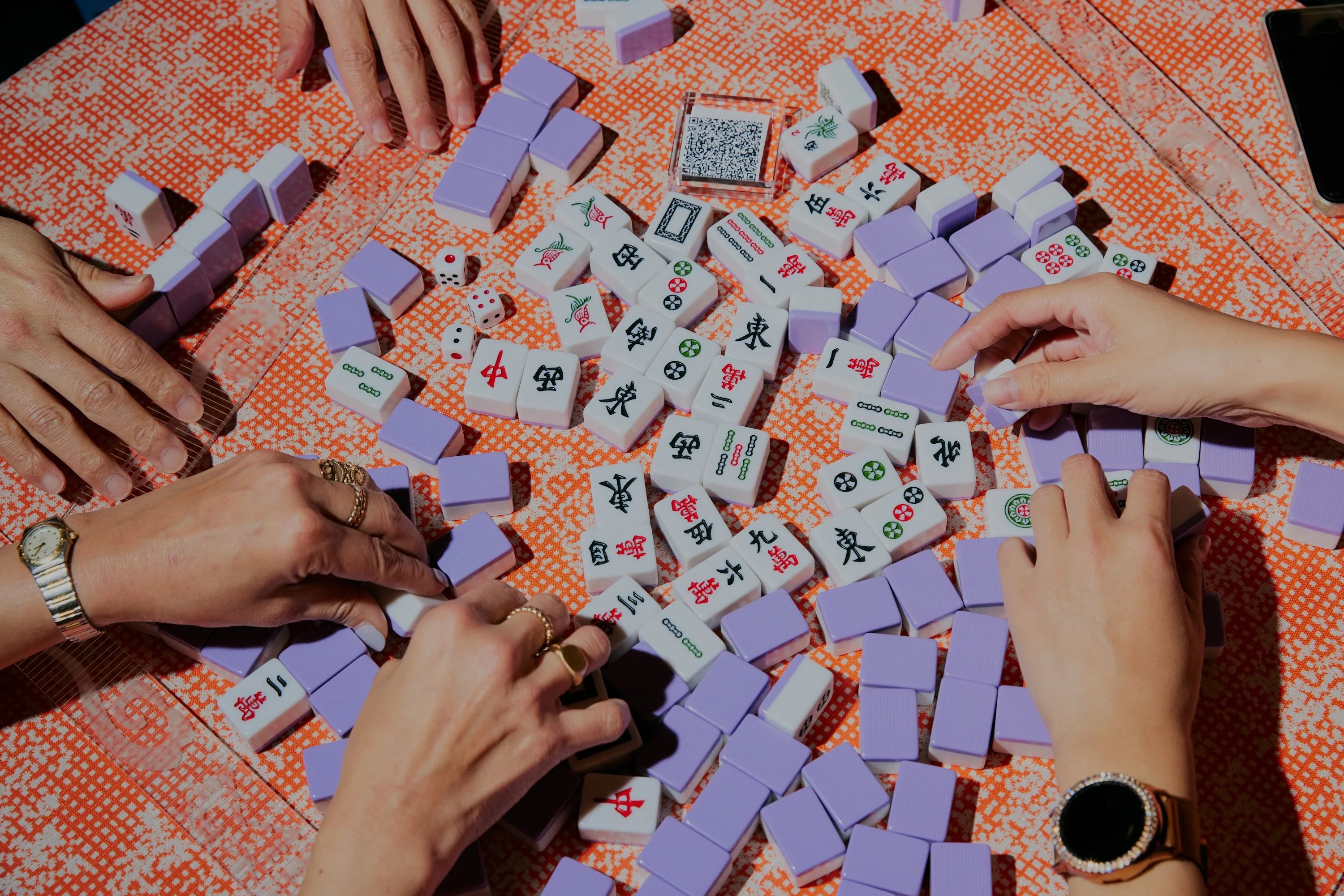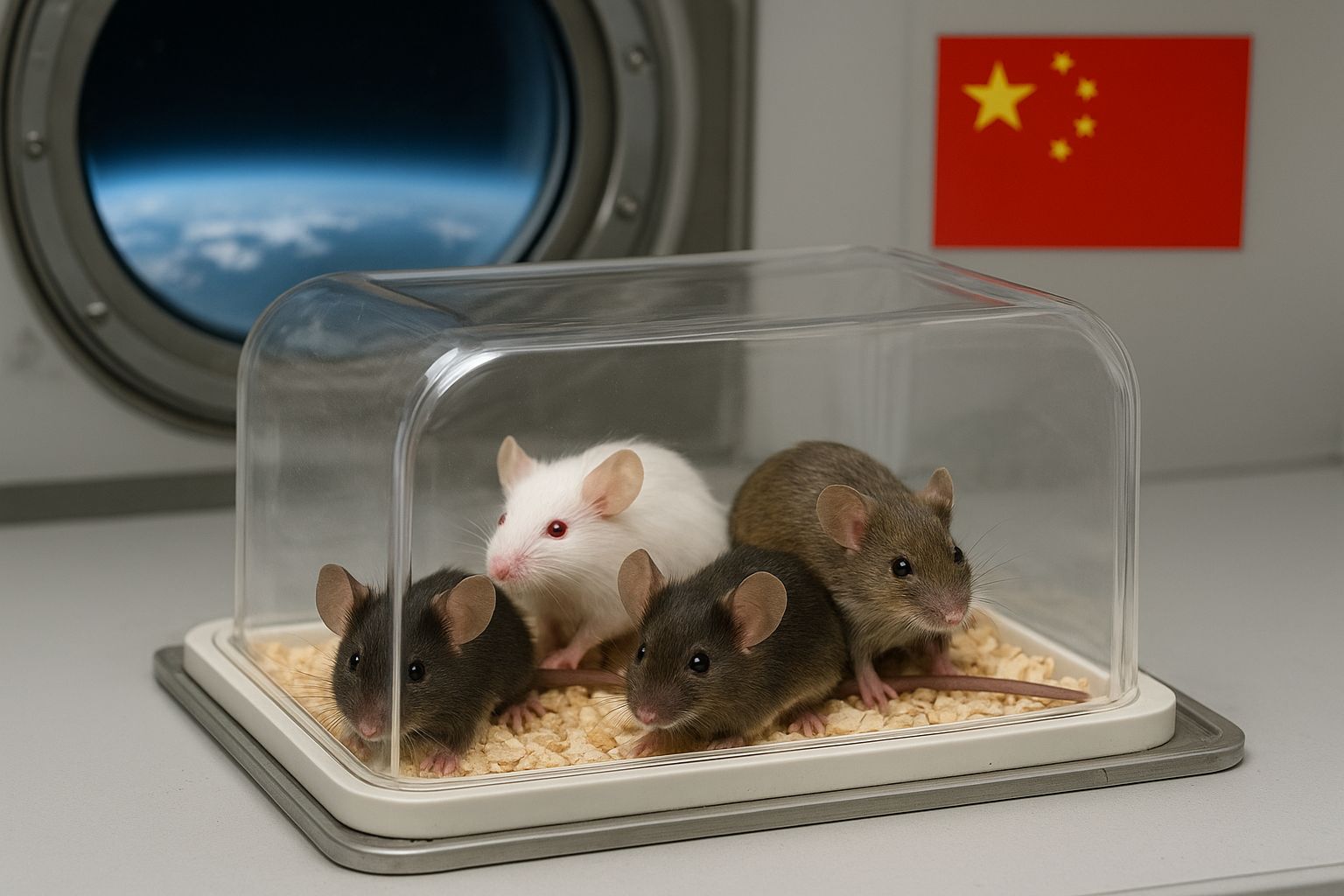Born and bred in the eastern Chinese city of Hangzhou, Tu Chun’s work runs the gamut of portraiture, architecture and street photography. With each new project, the Leica Oskar Barnack Award nominee’s work concentrates on a niche that serves as a microcosm for an overarching theme: the ebb and flow of modern China’s societal changes, and how they affect the human condition.
This central theme can be seen throughout his work, from the 2016 series Hangzhou Family, which explored the internationalization of second-tier cities in China, to his latest work, Monitoring Cabin, which explores one of the 21st century’s most pressing themes: the relationship between public security and personal privacy. In Monitoring Cabin, Tu Chun turns his camera on the surveillance camera. Through this series, he sheds a somewhat humanizing light onto the control room of a phenomenon that is dehumanizing by nature.

Monitoring Cabin by Tu Chun

Monitoring Cabin by Tu Chun
Present in all of Tu Chun’s work is his trademark ability to give voice to the mundane minutiae of any given scene. Using large-format, color photographs shot on his 8 x 10 Lotus View Camera, Tu Chun’s compositions are pregnant with a conscious sense of time and place that allow a single frame to reach out to the spectator and offer a thousand stories.
As he digs deeper into exploring the world through his lens, Tu Chun employs his clean, elegant style of photography to offer new perspectives on the social changes that are deeply affecting modern China.
RADII: Can you tell us a little about your philosophy of photography?
By now, photography has existed for 180 years. Compared to other media of art, it’s still relatively young. The idea of photography, along with science, technology and aesthetics, develops with the times. There is still plenty of time to explore.
I will always keep on creating, paying tribute to photography. I want to go back to the origin of photography, to the original feeling, to transform the ephemeral, mundane things of everyday life into immortal visual images.

Monitoring Cabin by Tu Chun
How would you describe your style? What themes do you focus on and what do you want to communicate to the audience?
In direct photography, I focus on modern Chinese phenomena and explore the relationship between personal privacy and public security. Through my work, I hope to convey my personal perspective to the audience about the unusual things in daily life, [in order] to re-examine and rethink our environment.
What would you say is your biggest motivation when it comes to photography?
From choosing to being chosen, and then to becoming accustomed [to this process]. By continuing this, one will be able to discover the meaning of their existence.

Monitoring Cabin by Tu Chun

Monitoring Cabin by Tu Chun
Who or what is your biggest influence?
Stephen Shore and Richard Hamilton. Stephen Shore has an extraordinary perspective on ordinary things, and Richard Hamilton can present different symbols within the same space. I [am also influenced by] both of their colors.
—
Tu Chun’s latest work is now being shown across China in collaboration with Hahnemühle and Artscape. Follow Tu Chun on Instagram.
More photography:
 Photographer Hailun Ma Turns a Unique Lens on XinjiangUrumqi-born photographer Hailun Ma talks about her creative evolution from New York to Shanghai, and how she’s drawn unlikely connections back to XinjiangArticle Oct 24, 2018
Photographer Hailun Ma Turns a Unique Lens on XinjiangUrumqi-born photographer Hailun Ma talks about her creative evolution from New York to Shanghai, and how she’s drawn unlikely connections back to XinjiangArticle Oct 24, 2018
 “The Art Outside the Frame:” A Conversation with Photographer Huang JingLeica Oskar Barnack award-winning Chinese photographer Huang Jing on finding beauty and terror in natureArticle Apr 01, 2019
“The Art Outside the Frame:” A Conversation with Photographer Huang JingLeica Oskar Barnack award-winning Chinese photographer Huang Jing on finding beauty and terror in natureArticle Apr 01, 2019














